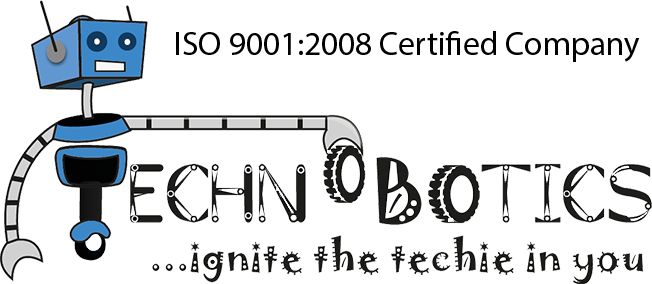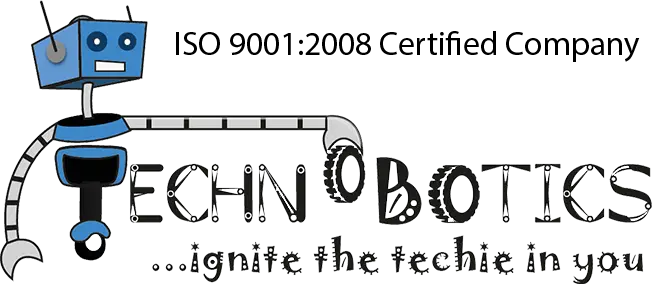Programming languages are the backbone of the technology we use every day. They allow us to communicate with computers and create software that can perform a variety of tasks. When it comes to learning programming, there are two primary types of languages: block-based and text-based programming languages. Each has its unique features, benefits, and challenges. In this article, we will explore the key differences between these two types of programming languages to help you understand which might be best suited for your learning journey.
Block-Based Programming Languages
Block-based programming languages are designed to be visual and intuitive. Instead of writing code in text format, users manipulate blocks that represent different programming commands. These blocks can be easily dragged and dropped into a workspace to create a sequence of actions. Some popular block-based programming languages include Scratch, Blockly, and MIT App Inventor.
Advantages of Block-Based Languages
Ease of Use: Block-based programming is particularly beneficial for beginners and younger learners. The visual nature of block programming makes it easier to grasp fundamental concepts without getting bogged down by syntax rules. This approach allows users to focus on logic and problem-solving rather than worrying about how to write code correctly.
Immediate Feedback: Many block-based programming environments provide instant feedback as users create their projects. This feature helps learners see the results of their actions quickly, which is essential for maintaining motivation and understanding how different blocks interact.
Promotes Creativity: Block-based programming encourages experimentation and creativity. Users can easily modify their code by rearranging blocks, which makes it simple to try out new ideas without the fear of breaking anything. This freedom to explore is particularly valuable for younger programmers or those new to coding.
Limitations of Block-Based Languages
Limited Functionality: While block-based programming is excellent for beginners, it often lacks the complexity and flexibility of text-based languages. Advanced programming concepts may not be fully supported, making it challenging to transition to more sophisticated projects later on.
Less Control: Users may feel limited in their ability to customize their code when using block-based languages. This restriction can be frustrating for those who want to dive deeper into programming concepts and techniques.

Text-Based Programming Languages
Text-based programming languages require users to write code in a textual format. This approach often involves using specific syntax rules and structure to create programs. Popular text-based programming languages include Python, Java, C++, and JavaScript.
Advantages of Text-Based Languages
Greater Flexibility and Control: Text-based programming languages offer more flexibility and control over the coding process. Programmers can create complex algorithms and data structures that are often not possible in block-based languages. This capability is essential for developing professional software applications.
Industry-Relevant Skills: Learning text-based programming languages equips learners with skills that are highly valued in the job market. Most software development jobs require proficiency in text-based languages, making them a practical choice for those considering a career in tech.
Support for Advanced Concepts: Text-based programming languages allow learners to explore advanced concepts, such as object-oriented programming, data structures, and algorithms. These concepts are crucial for understanding how software works at a deeper level.
Limitations of Text-Based Languages
Steeper Learning Curve: For beginners, text-based programming can be intimidating. The need to learn syntax and structure can overwhelm new learners, making it harder to grasp fundamental programming concepts.
Error Handling: In text-based programming, even a small typo can lead to errors, which can be frustrating for beginners. Unlike block-based languages, where blocks visually snap together, text-based languages require careful attention to detail.
Which One Should You Choose?
The choice between block-based and text-based programming languages largely depends on your goals and experience level. If you’re a beginner or looking to introduce coding to younger learners, block-based languages are a fantastic starting point. They provide an engaging way to learn the basics of programming without the complexities of syntax.
On the other hand, if you’re serious about pursuing a career in software development or want to create more complex applications, investing time in learning text-based programming languages is essential. They provide the tools and skills needed to tackle real-world programming challenges.
In conclusion, both block-based and text-based programming languages have their unique advantages and limitations. Understanding these differences can help you make an informed decision about which type of programming language aligns best with your learning objectives. Whichever path you choose, the key is to stay curious, practice regularly, and enjoy the process of learning to code!


